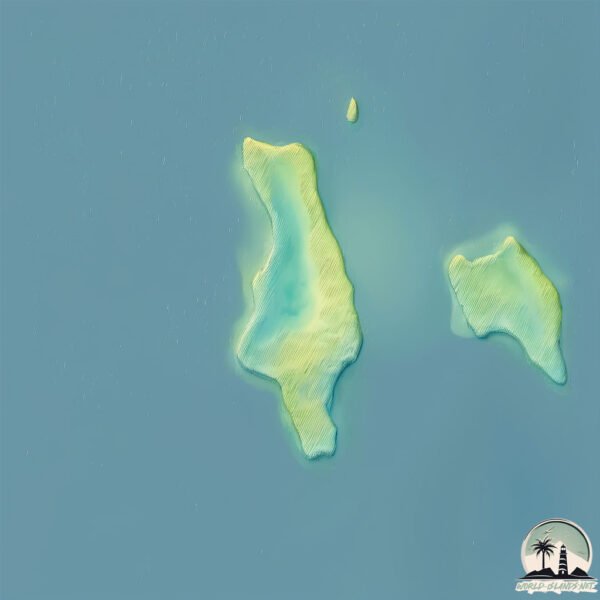Ko Chuang

Welcome to Ko Chuang, a Tropical island in the Gulf of Thailand, part of the majestic Pacific Ocean. This guide offers a comprehensive overview of what makes Ko Chuang unique – from its geography and climate to its population, infrastructure, and beyond. Dive into the details:
- Geography and Size: Explore the island’s size and location.
- Climate and Weather: Weather patterns and temperature.
- Topography and Nature: Uncover the natural wonders of the island.
- Infrastructure and Travelling: Insights on reaching, staying, and making the most of your visit.
- News and Headlines: Latest News.
Geography and size of Ko Chuang
Size: 1.242 km²
Coastline: 6.3 km
Ocean: Pacific Ocean
Sea: Gulf of Thailand
Continent: Asia
Ko Chuang is a Small Island spanning 1.2 km² with a coastline of 6.3 km.
Archipel: –
Tectonic Plate: Sunda – Extends across Southeast Asia, encompassing parts of the Sunda Shelf, known for its interaction with the Australian Plate, contributing to volcanic activity in Indonesia.
The geographic heart of the island is pinpointed at these coordinates:
Latitude: 12.51963659 / Longitude: 100.95614564
Climate and weather of Ko Chuang
Climate Zone: Tropical
Climate Details: Tropical Savanna, Wet
Temperature: Hot
Climate Characteristics: Defined by distinct wet and dry seasons with high temperatures year-round. Pronounced rainfall occurs during the wet season, while the dry season is marked by drought.
Topography and nature of Ko Chuang
Timezone: UTC+07:00
Timezone places: Asia/Jakarta
Max. Elevation: 39 m
Mean Elevation: 22 m
Vegetation: Evergreen Needleleaf Forest
Tree Coverage: 63%
The mean elevation is 22 m. The highest elevation on the island reaches approximately 39 meters above sea level. The island is characterized by Plains: Flat, low-lying lands characterized by a maximum elevation of up to 200 meters. On islands, plains are typically coastal lowlands or central flat areas.
Dominating Vegetation: Evergreen Needleleaf Forest
Dominated by evergreen coniferous trees such as pines and firs, which retain their needle-like leaves throughout the year. These forests are often found in cooler climates. Ko Chuang has a tree cover of 63 %.
Vegetation: 3 vegetation zones – Moderately Diverse Island
These islands start to show a broader range of ecological niches. With three vegetation zones, they may offer a mix of ecosystems like coastal areas, inland woods, and perhaps a distinct wetland or dry area. This diversity supports a wider range of flora and fauna, making these islands more ecologically complex than those with minimal diversity.
Infrastructure and Travelling to Ko Chuang
Does the island have a public airport? no.
There is no public and scheduled airport on Ko Chuang. The nearest airport is U-Tapao International Airport, located 18 km away.
Does the island have a major port? no.
There are no major ports on Ko Chuang. The closest major port is SATTAHIP, approximately 10 km away.
The mean population of Ko Chuang is 867 per km². Ko Chuang is Densely Populated. The island belongs to Thailand.
Continuing your journey, Khram Yai is the next notable island, situated merely km away.
Thailand is classified as Emerging region: G20: Group of Twenty – Major economies comprising both developed and emerging countries, representing the world’s largest economies. The level of income is Upper middle income.
News – Latest Updates and Headlines from Ko Chuang
Stay informed with the most recent news and important headlines from Ko Chuang. Here’s a roundup of the latest developments.
Please note: The data used here has been primarily extracted from satellite readings. Deviations from exact values may occur, particularly regarding the height of elevations and population density. Land area and coastline measurements refer to average values at mean high tide.
